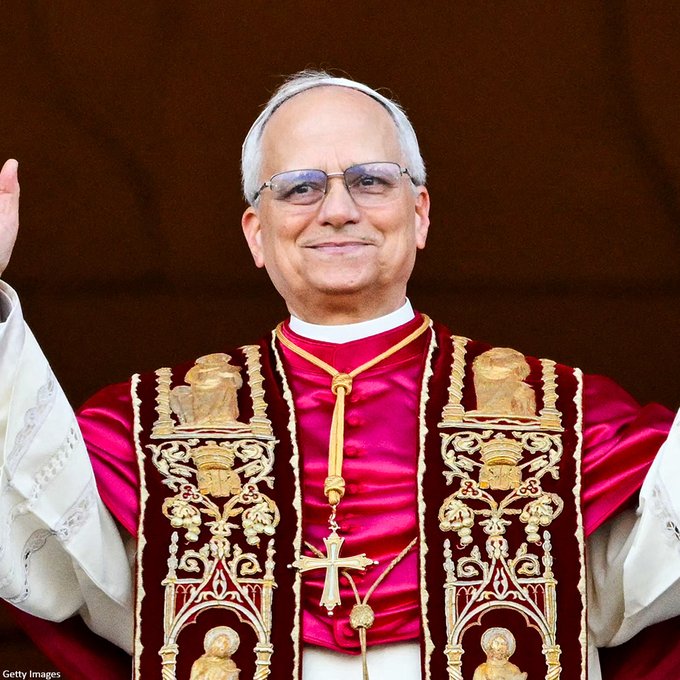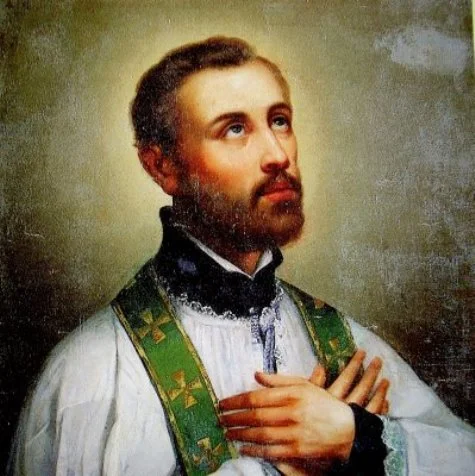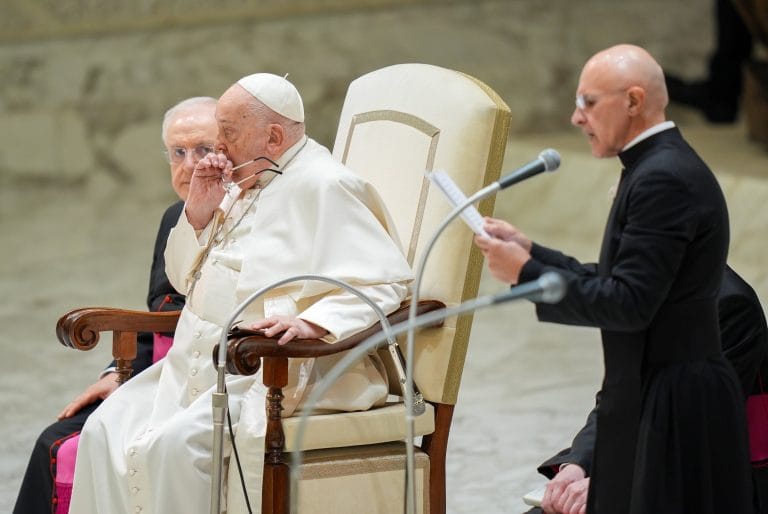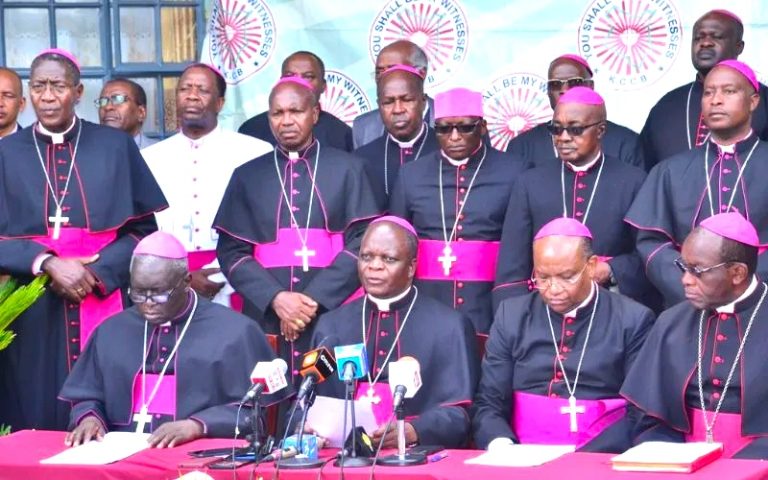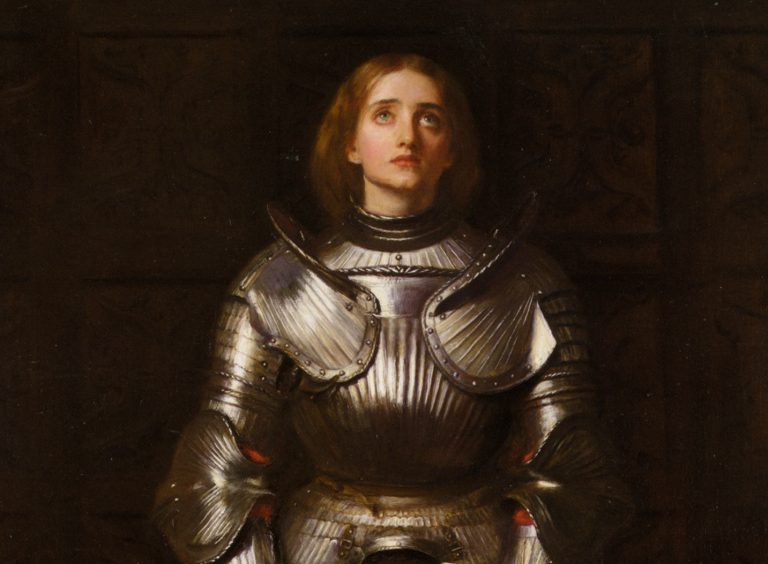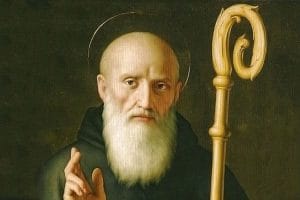
Welcome to Episode 16 of Saint of the Week. Today we honor Saint Benedict of Nursia, a spiritual giant whose influence continues to shape Christian life more than 1,500 years after his death. As the founder of Western monasticism and the author of the Rule of Saint Benedict, he created a framework for communal Christian living rooted in prayer, work, and stability.
Early Life in a Time of Decline
Saint Benedict was born around 480 AD in Nursia, a small town in central Italy. He came from a noble Roman family and was sent to Rome for education. However, disheartened by the city’s moral decay and spiritual emptiness, he abandoned his studies and withdrew to the countryside in search of a life devoted to God.
Eventually, Benedict lived as a hermit in a cave near Subiaco for several years. During this time of solitude and prayer, he developed a deep spiritual life and began attracting followers drawn by his wisdom and holiness.
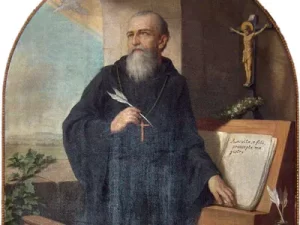
As his reputation grew, Benedict was asked to become the leader of nearby monks. After several attempts—and even an attempt to poison him by monks resistant to his discipline—he moved on and eventually founded twelve small monasteries in Subiaco. Later, he established a large monastery at Monte Cassino around 529 AD, which became the most famous monastic center in Europe.
Monte Cassino would serve not just as a spiritual center, but as a hub of learning, agriculture, and charity for centuries.
The Rule of Saint Benedict
Saint Benedict’s most enduring legacy is his written work: The Rule of Saint Benedict. This document laid out principles for monastic life, balancing prayer, manual labor, and spiritual reading. It emphasized humility, obedience, stability, and the pursuit of holiness in everyday tasks.
One of the most famous lines from the Rule is:
“Ora et labora” — Pray and work.
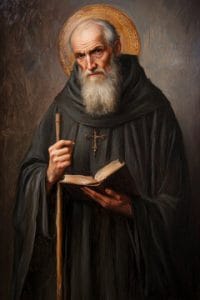
The Rule provided a flexible and humane guide for community life, allowing monasticism to thrive through centuries of political instability and social upheaval. It remains a foundational text for Benedictine monasteries to this day.
Miracles and Legacy
Numerous miracles are attributed to Benedict during his lifetime, including healing the sick, casting out demons, and foreseeing the destruction of Monte Cassino. Despite his desire for solitude, he consistently served others with compassion and wisdom.
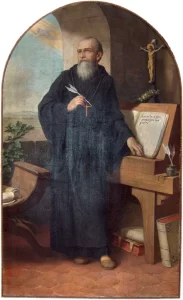
Saint Benedict died around 547 AD, and his influence only grew after his death. In 1964, Pope Paul VI declared him the Patron Saint of Europe, recognizing the civilizing impact of Benedictine monasticism across the continent.
What We Can Learn
Saint Benedict teaches us that a well-ordered, disciplined, and prayerful life can transform not just individuals, but entire cultures. His Rule invites us to sanctify the ordinary through humility, community, and consistency in prayer and work. His legacy lives on in thousands of Benedictine communities and the quiet, faithful lives of those who follow his wisdom.
Join us next week for another insightful edition of Saint of the Week!

